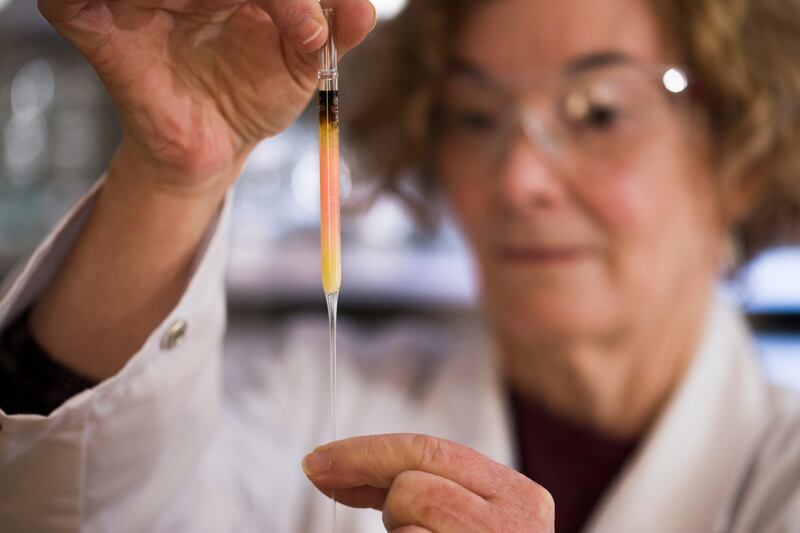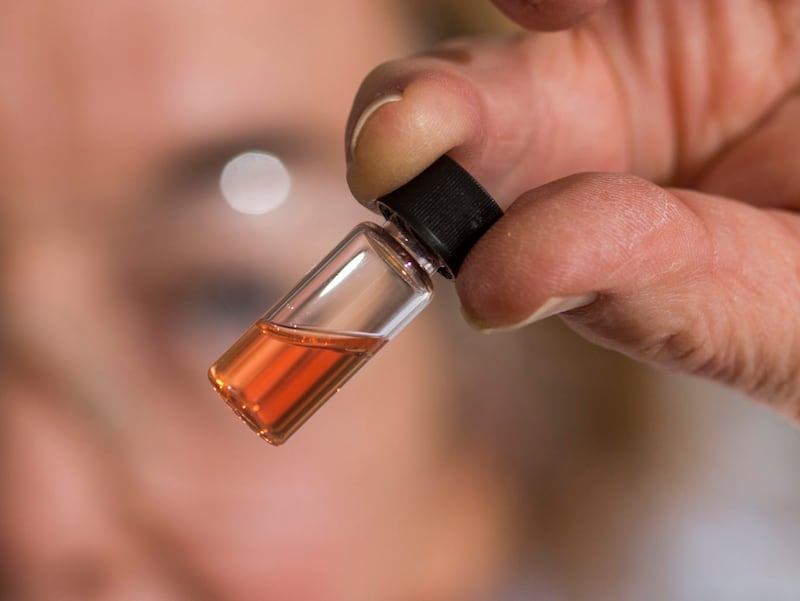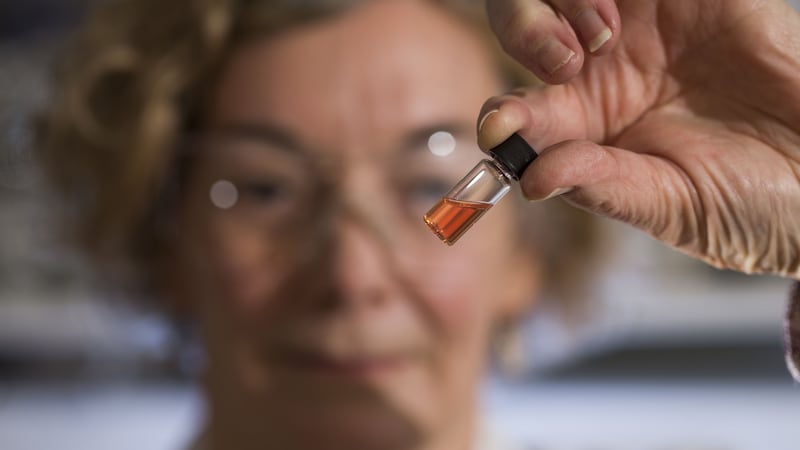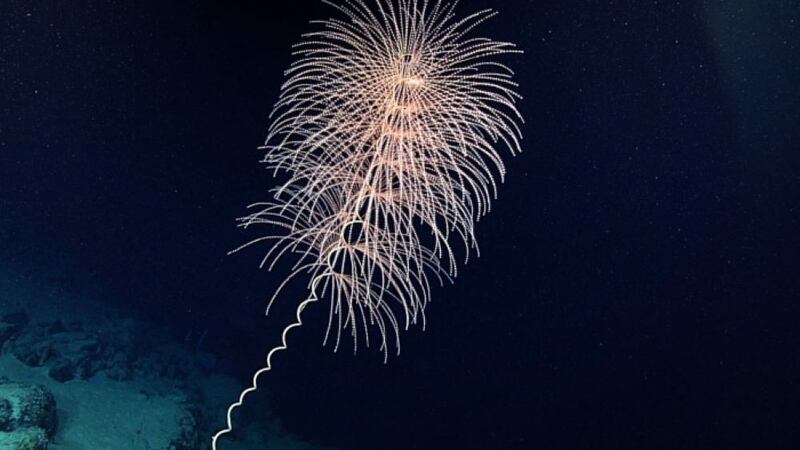The world’s oldest biological colour is a shade of bright pink, according to researchers who discovered the pigment.
Scientists from the Australian National University (ANU) say the 1.1 billion-year-old pigment, which was extracted from crushed rocks in the Sahara desert in west Africa, is the oldest colour in the geological record.
It is believed to have come from fossilised molecules of chlorophyll produced by sea organisms.
According to the researchers, the colour in its concentrated form can range from blood red to deep purple.

Dr Nur Gueneli, a researcher at ANU’s Research School of Earth Sciences, said: “The bright pink pigments are the molecular fossils of chlorophyll that were produced by ancient photosynthetic organisms inhabiting an ancient ocean that has long since vanished.”
The fossils were found in a marine shale deposit beneath the Sahara desert, in the Taoudeni basin in Mauritania.
Dr Gueneli said the pigments were produced by tiny cyanobacteria – ancient microbes that lived in shallow waters more than a billion years ago – and are more than half a billion years older than previous discoveries.

She added: “The precise analysis of the ancient pigments confirmed that tiny cyanobacteria dominated the base of the food chain in the oceans a billion years ago, which helps to explain why animals did not exist at the time.”
Dr Jochen Brocks, an associate professor at ANU’s Research School of Earth Sciences, said cyanobacteria started disappearing when larger and more active organisms – such as algae – began to emerge.
He added: “The cyanobacterial oceans started to vanish about 650 million years ago, when algae began to rapidly spread to provide the burst of energy needed for the evolution of complex ecosystems, where large animals, including humans, could thrive on Earth.”
The research is published in the journal PNAS.








